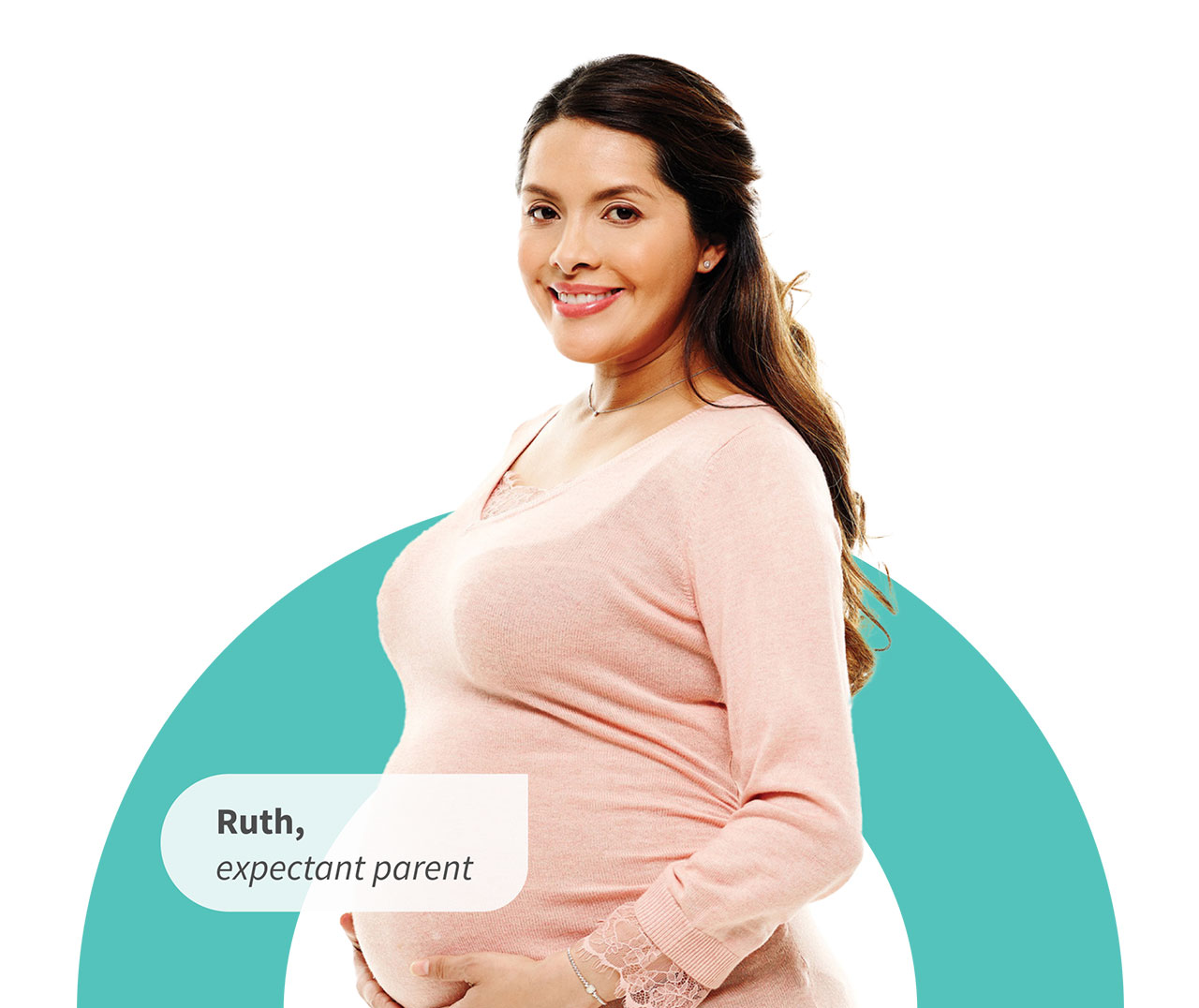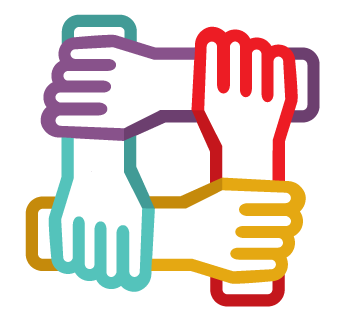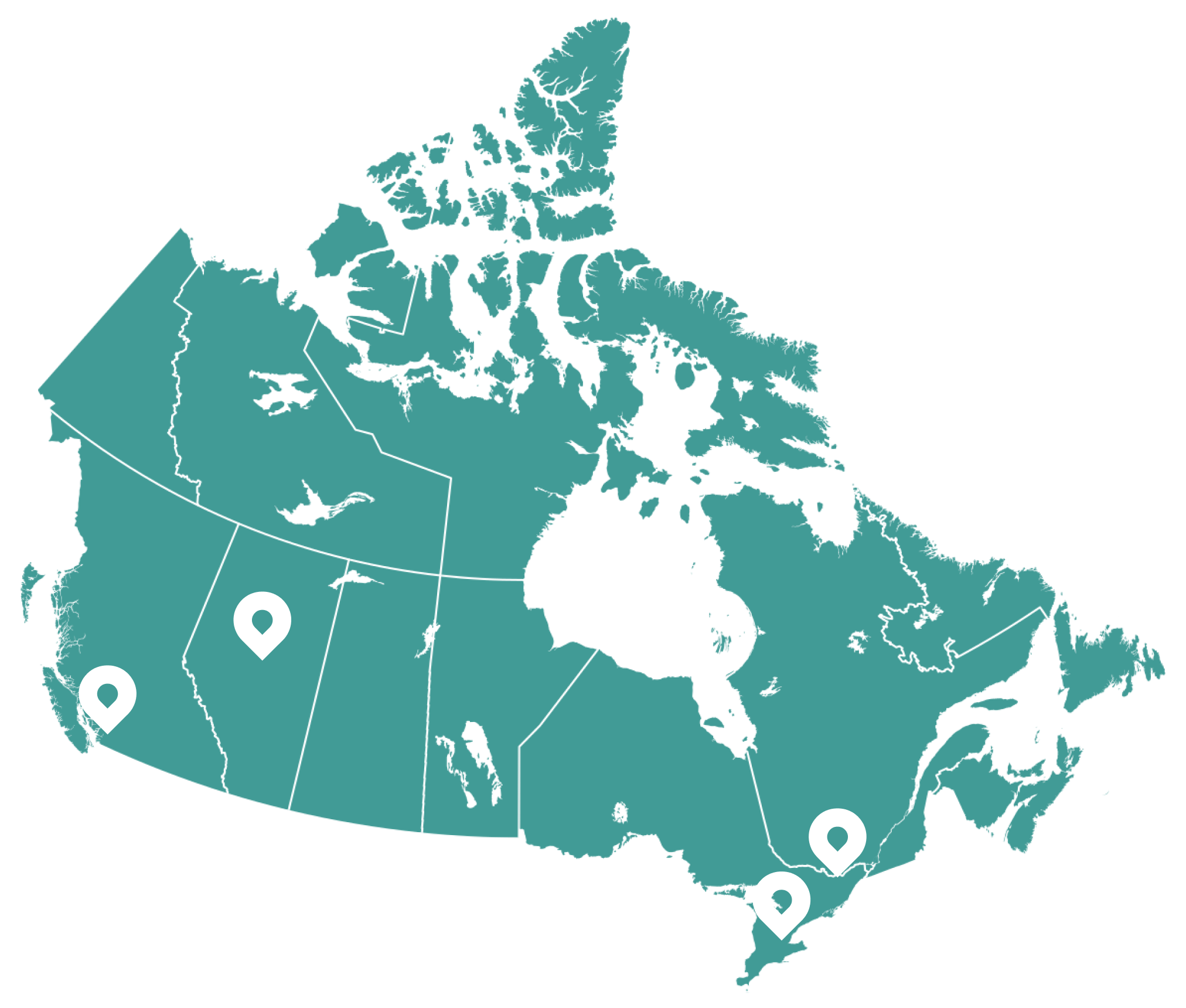What is cord blood?
After a baby is born, the blood left in the placenta and umbilical cord (cord blood) is rich with life-saving stem cells.
Cord blood collection is a safe and painless process that does not interfere with birth plans, including delayed cord clamping. If you’re planning to give birth in Canada, you can register to donate cord blood at no cost through Canadian Blood Services’ Cord Blood Bank.

Register to donate cord blood
Giving birth in Canada? Register today to donate cord blood after your delivery.
How cord blood donations save lives
Cord blood contains life-saving stem cells that can treat over 80 diseases and disorders, including leukemia, lymphoma, aplastic anemia and sickle cell disease. Donated cord blood is collected and stored for future use by any patient in need of a stem cell transplant.
What are stem cells?
Blood stem cells are manufactured by our bodies to develop into the different types of cells in our bloodstream, including:
- Red blood cells, which carry oxygen throughout the body.
- White blood cells, which fight infections.
- Platelets, which help control bleeding.
Blood stem cells are not embryonic stem cells. They come from bone marrow, circulating (peripheral) blood or umbilical cord blood. When patients need a stem cell transplant, it means their stem cell factory (bone marrow) has failed due to an illness. To help heal and re-boost their immune system, a transplant of healthy blood stem cells is needed.
Years after donating her daughter’s cord blood, another cord blood donor cured her son’s rare disease
“We had given when we were able, and I am so grateful we were able to receive a lifesaving donation for our son when we needed it. Because Tristan is mixed-race, with South Asian and white parents, I was extremely worried about the possibility of finding him a match on the stem cell registry.”
Steps to donating cord blood

Register online
Expectant parents planning to deliver at one of our participating hospitals can register online, any time before arriving at the hospital.

Tell hospital staff your plan to donate
On your delivery day, let your birthing team (nurse/midwife/physician) know about your intent to donate to the Canadian Blood Services Cord Blood Bank. Cord Blood Bank staff at the hospital will have your consent form on file.

Have your cord blood collected
After the safe delivery of your baby, a Cord Blood Bank team member will receive your placenta and collect the cord blood outside of the delivery room. It will then be tested to see if it qualifies for storage in the bank.
Reasons to donate cord blood
Right now, nearly 1,000 patients in Canada are waiting for a stem cell transplant, and less than 25% of them will find a match within their family. These patients rely on unrelated volunteer donors for their life-saving match.
By registering to donate cord blood, you can help build a stronger, more diverse national public cord blood bank and increase patients’ chances of finding a match.
What makes cord blood donations unique?

People are more likely to find a stem cell match in donors of similar ancestry or ethnic background. Currently, people who are Black, Indigenous, Asian, Hispanic or mixed-race collectively make up only about a third of registrants on the volunteer adult stem cell registry. Therefore, we need donors from as many ethnic and mixed-race backgrounds as possible.
Unlike donated stem cells from adults (e.g. bone marrow), donated cord blood does not need to be an exact match to a patient. For patients who can’t find a match in the adult stem cell registry, the public cord blood bank may be their only alternative.
Donated cord blood units are collected in advance, stored and ready for use, giving patients immediate access to life-saving stem cells without having to wait for a matching donor through the adult stem cell registry.
Due to the low volume of stem cells in cord blood, over 40% of cord blood units selected for transplant have been used to treat patients under the age of 4.
Register today to give life twice
Free interpreter and translation services available in Arabic, Chinese and Punjabi
Interpreter and translation services are provided by board certified interpreters and translators who meet the highest industry standards. To request this service, please email cordblood@blood.ca. We require six to eight weeks’ notice to ensure all required forms are complete and received prior to your delivery date.
An information package will be sent to you in your preferred language. This information will allow you to read, ask any questions, fill-out, sign and return the registration and consent forms prior to the birth of your baby.
Public vs. private cord blood banking
Many patients in need of a stem cell transplant will only find a match from a public cord blood bank.
Expectant parents who wish to bank cord blood stem cells have two options:
- Donate to a public cord blood bank (like Canadian Blood Services’ Cord Blood Bank) at no cost to the donor, keeping it stored and available for anyone who needs a life-saving stem cell transplant.
- Store it with a for-profit private cord blood bank, which charges fees to process and store the cord blood for future use by the donor or their family.
According to Health Canada, studies estimate that there is a 1 in 20,000 (0.005%) to 1 in 250,000 (0.0004%) chance of using one’s own stem cells from a private bank.
Additionally, some diseases are not treatable using one’s own stem cells because their cells carry the same genetic condition that caused the disease (for example, leukemia). In these instances, cells from an unrelated healthy donor are preferred.
Source: Health Canada

